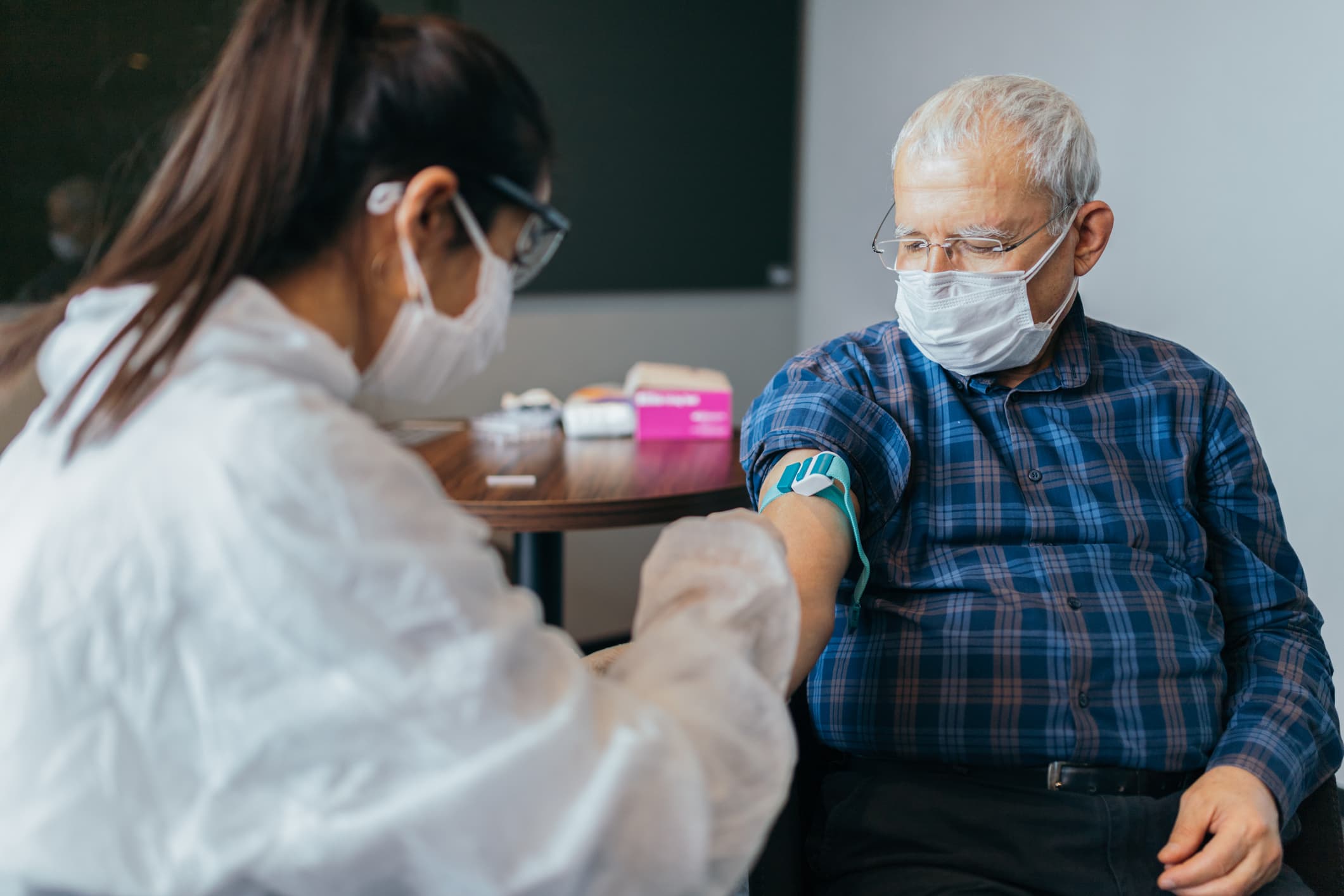Ergin Yalcin | E+ | Getty Images
For the nation’s oldest individuals who are eager for protection against Covid, the waiting game has commenced.
Shipment of 2.9 million doses of the first U.S.-authorized coronavirus vaccine began Sunday, headed for hundreds of sites around the country. With initial supply limited — the total U.S. population is roughly 330 million — the Centers for Disease Control and Prevention recommends that health-care workers and residents of long-term-care facilities get prioritized in this first phase.
In other words, excluding older folks in those facilities — which includes nursing homes and the like — the 65-and-older crowd may need to exercise some patience.
“Seniors could start getting their vaccines maybe in the first quarter, but it really is going to depend on how quickly supply ramps up,” said Jennifer Kates, a senior vice president and director of global health & HIV policy for the Kaiser Family Foundation.
More from Personal Finance:
Watch out for this $1,200 stimulus check scam
Avoid mistakes when divvying up assets divorce
What to do before making a charitable donation
The Food and Drug Administration on Friday authorized Pfizer and BioNTech’s coronavirus vaccine for emergency use in individuals age 16 and older. One from Moderna could also get similar approval from the FDA in the coming days.
“If the Moderna vaccine is authorized this week, that will help, because there will be more supply,” Kates said.
Nevertheless, demand is expected to exceed supply during the first months of the vaccination program, according to a CDC advisory committee. And although the vaccine will be distributed and administered in phases to prioritize the most at-risk populations, it’s uncertain how long it will take to cover each of those targeted groups.
There are 19.7 million adults working in health-care settings, 15.5 million of whom have direct patient contact, according to new Kaiser research. Between nursing homes and assisted-living facilities, there are about 2 million residents.
The rollout of the Pfizer vaccine marks a complex undertaking by the federal government and the states. Not only must the vaccine be stored at subzero temperatures and be handled according to stringent protocols, but two doses, three weeks apart, are also required.
While Medicare — which insures much of the 65-and-older crowd — recently changed its rules so it can fully cover a fast-tracked vaccine, individual states are tasked with actually distributing the doses and identifying priority populations to innoculate. All states are generally following the federal recommendations for their first targeted populations, Kates said, adding that some have an expanded priority list.
What [the advisory committee] has said in deliberations is that they’re very likely to recommend that essential workers will be next, then seniors and those with existing medical conditions.
Jennifer Kates
Senior vice president at the Kaiser Family Foundation
It’s uncertain which groups the CDC will recommend for prioritization after the initial round of coverage, or whether an earlier target of 20 million people getting inoculated by the end of the year will come to fruition. However, the agency’s Advisory Committee on Immunization Practices suggested last month that the next priority populations would include people age 65 or older, critical workers and individuals with underlying medical conditions that put them more at risk for Covid complications.
“What [the advisory committee] has said in deliberations is that they’re very likely to recommend that essential workers will be next, and then seniors and those with existing medical conditions,” Kates said.
If those three populations are focused on after health-care workers and residents of long-term-care facilities, it would be targeting an estimated 87 million essential workers, 53 million-plus individuals age 65 or older and 100 million with high-risk medical conditions, Kaiser notes in new research.
Availability also depends on how many doses each state gets, which right now is based on each state’s adult population. However, there aren’t equal shares of the targeted groups in all states — for example, some have more health-care workers, while others have more nursing home residents, Kates said.
“It’s possible that some of the initial allocations will be a mismatch,” Kates said.
The pandemic has taken the lives of at least 299,191 individuals in the U.S., with the case count above 16.25 million, according to the latest data from Johns Hopkins University. Those figures account for roughly 19% of the world’s 1.6 million Covid deaths and 23% of the 72.3 million cases globally.
CDC data shows that of about 262,000 Covid deaths it tallied through Dec. 9, more than 209,000 were individuals age 65 or older. Overall, residents of long-term-care facilities have accounted for about 40% of U.S. Covid deaths to date, according to the CDC.
